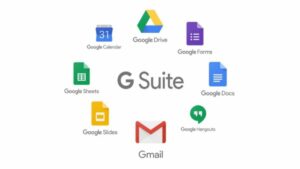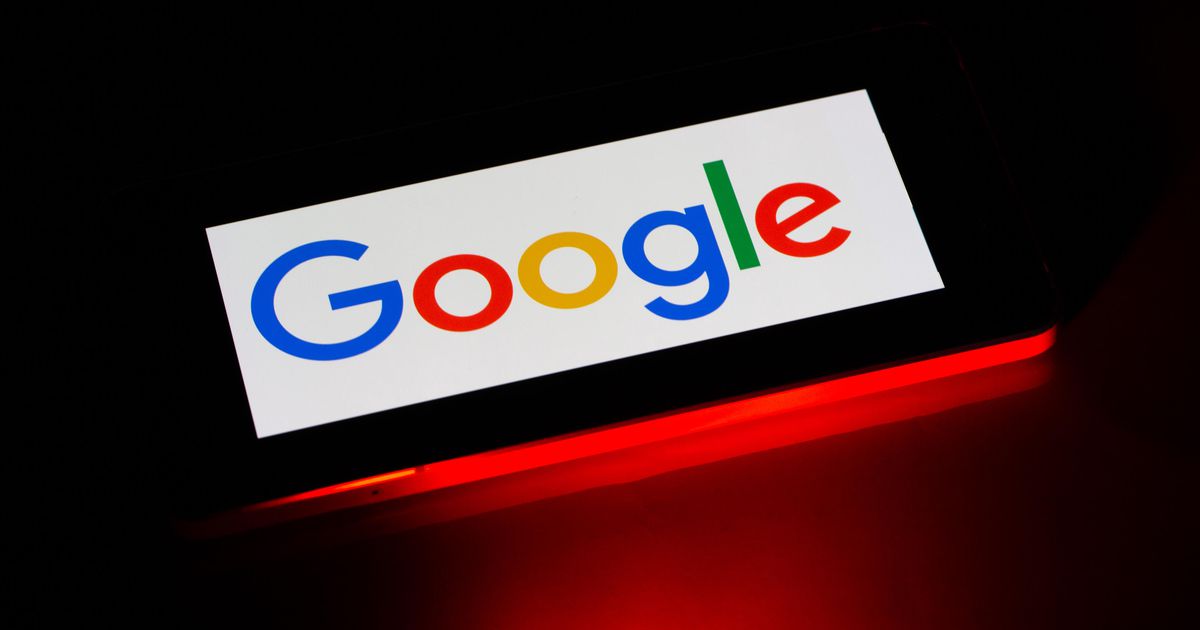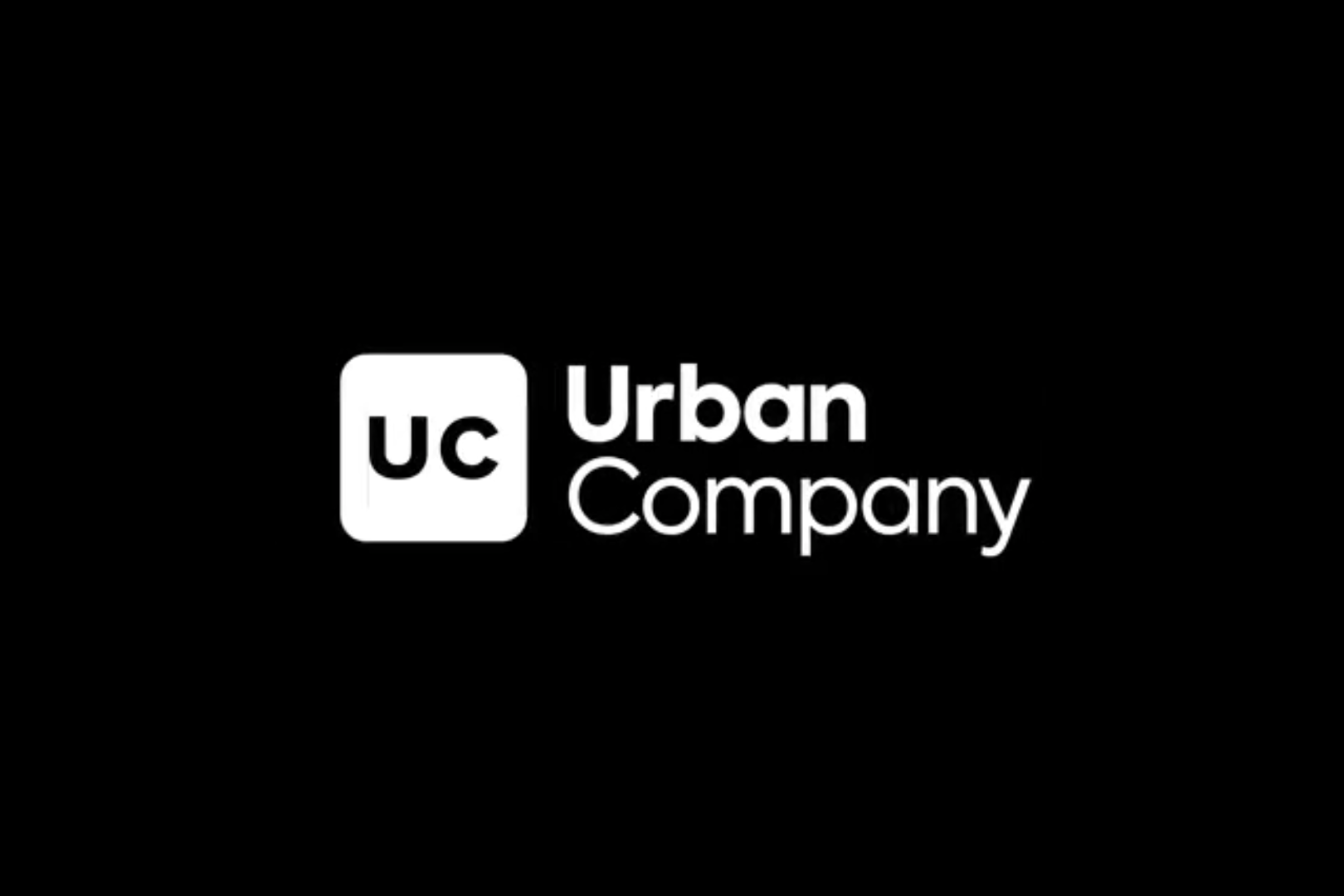Google is a technology company that provides internet-based services, including online advertising, search engine, cloud computing, hardware, and software. It raised $1.66 billion in 2004 from its IPO.
By 2012, it used to process 3 billion searches every day. It relies on 1,40,000 employees in 50 countries to develop hundreds of products used by billions of people. It was founded in 1998, headquartered in California. Sundar Pichai is the CEO of the company.
Business Model
Google follows a hidden business model where the users need not pay for the services. The company earns revenue from advertisements. Companies pay Google to advertise their products on the search engine so that it can be seen first by the users who are their target audience.
| PARTICULARS | AMOUNT | YOY CHANGE |
| REVENUE | 182.53B | 12.77% |
| NET INCOME | 40.27B | 17.26% |
| DILUTED EPS | 58.61 | 19.22% |
| NET PROFIT MARGIN | 22.06% | 3.96% |
| OPERATING INCOME | 41.22B | 13.00% |
| NET CHANGE IN CASH | 7.97B | 343.35% |
| CASH ON HAND | 26.47B | 43.07% |
| COST OF REVENUE | 84.73B | 17.85% |
Google earns 80% of its revenue from advertisements. The remaining revenue is earned from other business activities and acquisitions.
How does Google make money?

Advertising
It earns revenue from the number of clicks on the advertisement or the views that it gets.
The five advertising platforms are:
- Google ads are relevant at the top of the page, before the first results. Whenever someone does a search and clicks on the link, google earns revenue. If there is traffic on a particular site, place direct ads on the same. The greater number of times the visitor clicks on the ad, the more revenue it earns. Provide the users what they are looking for and present relevant ads. It allows to monetize by adding sponsored and advertising links.
- Google shopping, users search for products offered by various companies that pay Google to advertise their products. When the person clicks on the link to the product or service, Google gets paid.
- Google AdSense allows displaying ads besides the online content. It collects fees from the advertiser and pays a part of it to the site owner. Publishers get 68% of the revenue earned by Google for displaying ads with AdSense for content.
- Google Admob makes revenue by providing in-app ads and actionable insights. It shows matching ads according to the app developer’s criteria. It earns revenue from the advertisers who want to promote their products.
- YouTube ads appear before and during the videos. The advertisers pay to have their ads displayed in these spaces. The amount paid is usually on content related to their product, service, or audience.

Google Pixel
It is a smartphone device developed by Google that runs on the Android operating system. It does not have a large market share in the smartphone segment, but it is still growing. Nest Lab develops technology products such as smart speakers, smart displays, routers, cameras, alarm systems etc., for the smartphone.
YouTube Premium
A monthly subscription is paid to YouTube to have access to ad-free videos. It has the option to continue playing music and video when one minimizes the screen. It allows access to original YouTube movies and TV shows.
Google Cloud Platform
Cloud computing services provide their infrastructure and server less computing environments. The companies pay according to the number of resources they use. It represented 5.5% of Google’s total revenues.
Customer segment of Google
- Advertisers – They are small to large-scale entrepreneurs who want to market their products or services online.
- Content Publishers – They are people or companies who create content and publish it on the web. Example- bloggers, media sites, digital influencers, etc.
- Users – It includes me, you and everyone who uses Google to search for information, pictures, etc., on the internet. There is no point in advertising if there are no users to view the content.
Apple is the largest customer of Google. It spent around $300 million on its cloud services in 2021, storing 8.6 gigabytes of data.
Value Proposition of Google
- The advertisers know how to spend money on the specific target audience only. Google ads are based on keywords that users are searching for. Most people search on Google before making any online purchase. So advertisers’ ad is shown to the users who intent to buy similar products.
- It helps content publishers monetize their work and explore opportunities through paid media and for organic traffic.
- It is the largest search engine which is free for all users having an internet connection on various electronic devices.
Key activities of Google
- It searches all the existing pages and provides content according to the users and has almost 8 billion pages.
- Google organizes and presents the web pages according to the need of the users.
- Research and development of and technologies and improving the existing ones.
- It provides high-volume searches, automation, suggestions, and removes misinformation, spam and click-baiting.
- It has developed various communication tools such as Gmail, Google Meet, Google docs, Spreadsheets, YouTube, etc.

Key Resources of Google
The resources are IT infrastructure, datacenters, servers, intellectual property and patents. It also has algorithms, Googlebot (checks web pages and adds content to the index), and Android smartphones.
Customer Relationship of Google
It is self-service. Customer relationships can be enhanced by organizing various web pages for accuracy and relevance. The users can easily find out what they are searching for. It also reduces the risk for misinformation.
Distribution channels of Google
It uses its search engines and apps as distribution channels, such as Chrome, Gmail, etc. It also makes use of recommendations and suggestions on YouTube, Playstore, etc.

Google’s cost structure
The main costs incurred by Google are:
With evolving digital economy, advertising transactions shift from offline to online modes which has led to substantial growth of the business with increasing revenues. The main aim is to provide relevant ads to users and improve the overall web performance.
They are the second biggest expenses after advertising which strive to stay at the top of the technology game. Google is acquiring small firms to fulfil their value-driven cost structure.
- General and administrative expenses
- IT infrastructure expenses
- Sales and marketing
- Traffic acquisition costs
- Data centers
- Research and Development expenses
- Hardware for manufacturing android phones
| (In Dollars) | ||
| Particulars | 2020 | % of Revenue |
| Cost of revenues | 18,982 | 46.12 |
| Research and development | 6,820 | 16.57 |
| Sales and marketing | 4,500 | 10.93 |
| General and administrative | 2,880 | 7.00 |
| European Commission fines | 0 | 0.00 |
| Total costs and expenses | 33,182 | 80.62 |
Google’s competitors
Search Engines
- Bing is the search engine developed and owned by Microsoft. It has a global market share of nearly 7 %. Google’s market share is around 92.4 %.
- Yahoo is a web service provider offering a wide range of services like Yahoo Mail, My Yahoo, Yahoo News, Yahoo Sports, etc. It has almost 2 % of the market share.
- DuckDuckGo is a search engine that does not track users due to privacy issues. It has a global market share of 0.3%.
- Baidu is the Google of China. It covers 60 % of the market share in China and 0.8 % globally.

Advertising
- Facebook and Google together dominate the advertisement industry on the internet. Facebook has 22% of the money invested in online advertising as compared to 37% of investments by Google.
- Amazon is leading in the product search category, thus accounting for 8.8% of advertisements.
Video-sharing (YouTube competitors)
- Vimeo is a video sharing platform with 1.24 million subscribers and 150 million video creators.
- Instagram’s IGTV has 1 billion monthly users. The users post over 100 million videos and photos every day. It is a vertical video format channel where one to ten minutes videos can be created.
Mobile Industry
There are mainly four competitors of Google pixel smartphone:
![]()




